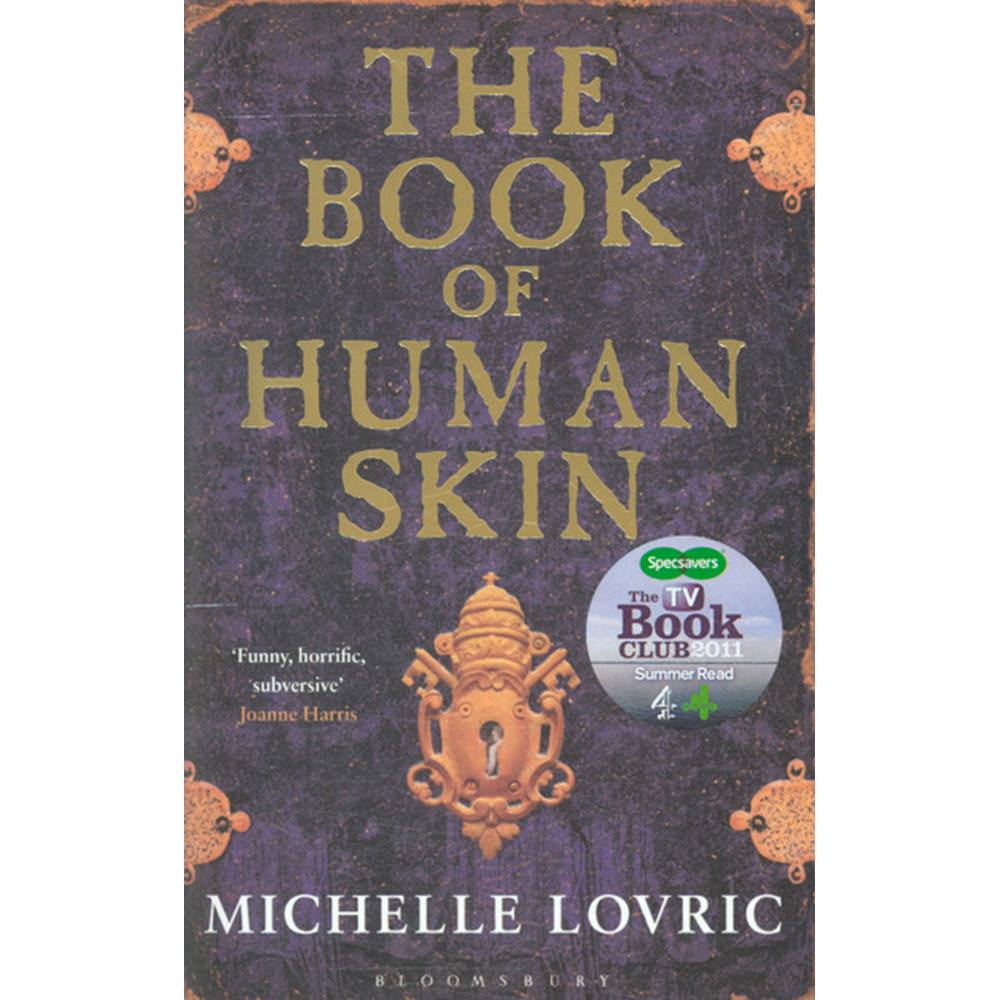
“By delivering what you love - your beauty routine - we’re allowing you to bring what you want in a more sustainable way.”Įven though 75 percent of consumers believe sustainability is very important, it’s the key purchasing criterion for only 7 percent, according to a study by Boston Consulting Group. “Travel-size versions of beauty products are especially wasteful,” said Stephanie Hon, the founder of Cadence. They allow users to decant their products into durable, leakproof vessels, a percentage of which is made from consumer waste. LOLI, a zero-waste clean beauty brand, bottles its formulas in food-grade glass yogurt jars, which can be reused in the kitchen.Ĭadence, a company committed to eliminating travel-size plastic, will begin selling its refillable containers on Jan.
#Humankind skincare free
Unilever recently pledged that all Dove bottles will be composed of recycled plastic, that the Dove Beauty Bar will be plastic free later in 2020 and that refillable stainless steel deodorant sticks are in the works in an effort to reduce its use of virgin plastic by more than 20,500 tons per year.įor many digitally native, born-good start-ups, sustainability is embedded in their DNA, like By Humankind, a personal care brand dedicated to reducing single-use plastic by introducing plastic-free shampoo and conditioner bars and refillable deodorant containers. Some companies are making an effort to effect change. Everything - how ingredients are sourced, carbon emissions in production - must be considered lest it lead to harmful social and environmental impacts. If you look at beauty’s impact as a whole, the challenge can seem overwhelming. She added that demand for such products may help explain an NPD 2019 market report (from January to September) indicating that the skin-care category was up 7 percent in sales, while makeup was down 5 percent.Īnd as Gen Z consumers, whose priorities include transparency and sustainability, gain spending power as they age, this movement will likely accelerate. “Clean beauty ties into the wellness movement and the wellness movement ties into the environment, because it’s about what’s good for you and the planet.”
#Humankind skincare skin
“This focus on ingredients and whether they’re good - if they’re harmful to your skin or the environment - is why there’s a big movement toward clean beauty,” Ms. That may be only a fraction of the beauty industry ( an $863 billion business by 2024, according to Zion Market Research), but the demand for products that are marketed as “clean” or “natural” continues to be strong. “Invest in something that’s worthy of your time and money.”Ĭlean beauty is expected to generate nearly $25 billion by 2025, according to a report from Grand View Research.


“Making sustainability synonymous with luxury is an opportunity, and it’s something we’re starting to see in fashion,” Ms. A recent target was Pat McGrath Labs and the excessive amount of plastic that comes with a single beauty product. The industry watchdog Estee Laundry, an Instagram account that calls out bullying, copycats and social injustices, has long put brands on blast for waste. Williams said.Īlready we have reached a point at which overpackaging no longer feels luxurious. “The way brands create ‘luxury’ is through layers of heavy packaging, which is often not recyclable and is being discarded,” Ms. Many believe the industry’s biggest culprit - and most challenging hurdle - is packaging, with luxury brands being the greatest offender. “It’s basically a glorified moisturizer.” Luxury’s Excess Problem “Stay away from any product that contains collagen because the molecules are too big to be absorbed,” she said. Other products can be added to target specific concerns, like benzoyl peroxide or salicylic acid for acne, or hyaluronic acid for irritation or dryness.

“I don’t think you can use too many products - they will all be absorbed into your skin - but these three are going to help the most,” Dr.


 0 kommentar(er)
0 kommentar(er)
